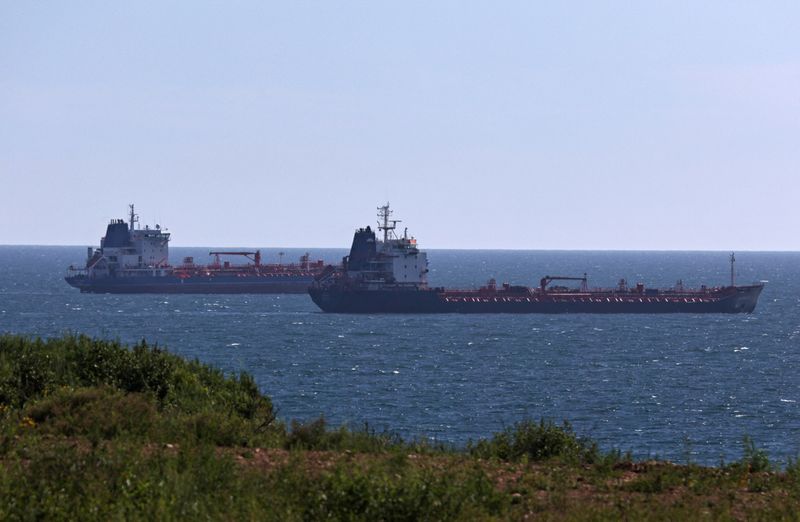Commodities
Oil prices lifted by summer demand hopes

By Arunima Kumar
(Reuters) -Oil prices rose on Monday, helped by expected peak summer consumption and OPEC+ production cuts, though gains were capped by rising output from other producers and the potential for economic volatility resulting from a changing political landscape.
futures rose 54 cents, or 0.64%, to $85.55 a barrel by 1105 GMT. U.S. West Texas Intermediate crude futures were up 49 cents, or 0.6%, at $82.03.
Both contracts gained about 6% in June, with Brent settling above $85 a barrel in the past two weeks after the Organization of the Petroleum Exporting Countries (OPEC) and its allies, a group known as OPEC+, extended most of its deep oil output cuts well into 2025.
That led analysts to forecast supply deficits in the third quarter as transportation and demand for air-conditioning during the summer eat into fuel stockpiles.
On Friday the Energy Information Administration (EIA) reported that oil production and demand for major products rose to a four-month high in April, supporting prices.
“Demand indicators look solid, especially in the all-important U.S. market, and peak refinery demand for crude is now firmly in place and should last through August,” JPMorgan analysts wrote in a client note.
Hopes of an interest rate cut by the U.S. Federal Reserve and rising geopolitical concerns in Europe and between Israel and Lebanon’s Hezbollah have also kept a floor under prices, IG analyst Tony Sycamore said in a note.

Traders are also watching for the impact hurricanes have on oil and gas production and consumption in the Americas. The Atlantic hurricane season started with Hurricane Beryl on Sunday.
“Increased volatility is anticipated in wider markets this week as elections dominate the agenda in Europe and UK, while in the U.S. concerns over President Biden’s fitness for office, let alone re-election, is dominating the news,” said Panmure Gordon analyst Ashley Kelty.
Commodities
Oil prices rise; U.S. crude inventories plunge, Russia-Ukraine truce eyed
Commodities
India’s Reliance to stop buying Venezuelan oil over US tariffs, sources say
Commodities
Oil prices climb on Venezuela supply worries

 Forex3 years ago
Forex3 years agoForex Today: the dollar is gaining strength amid gloomy sentiment at the start of the Fed’s week

 Forex3 years ago
Forex3 years agoUnbiased review of Pocket Option broker

 Forex3 years ago
Forex3 years agoDollar to pound sterling exchange rate today: Pound plummeted to its lowest since 1985

 Forex3 years ago
Forex3 years agoHow is the Australian dollar doing today?

 Cryptocurrency3 years ago
Cryptocurrency3 years agoWhat happened in the crypto market – current events today

 World3 years ago
World3 years agoWhy are modern video games an art form?

 Commodities3 years ago
Commodities3 years agoCopper continues to fall in price on expectations of lower demand in China

 Economy3 years ago
Economy3 years agoCrude oil tankers double in price due to EU anti-Russian sanctions























